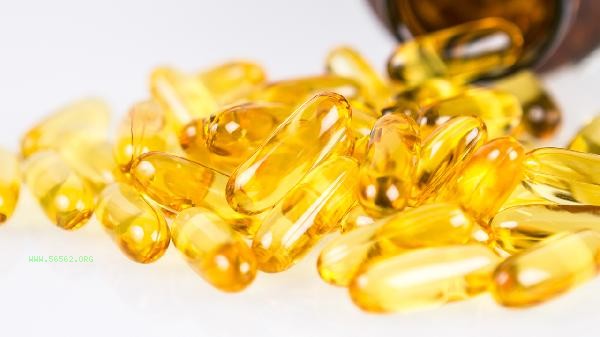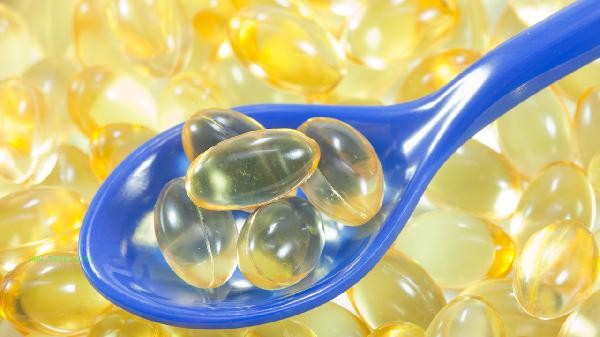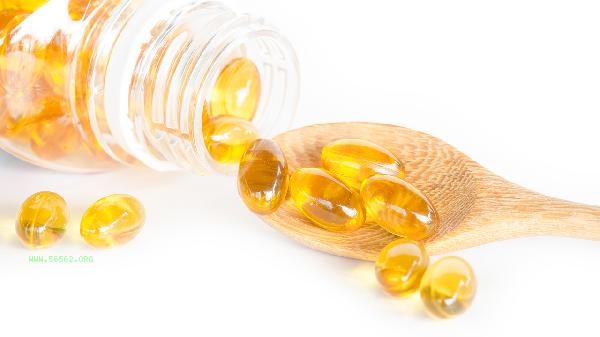The main difference between DHA and fish oil for children lies in their composition and sources. DHA is a single nutrient, while fish oil is a mixture of complex fatty acids. DHA can directly supplement the components required for the development of the nervous system, while fish oil provides multiple unsaturated fatty acids such as DHA and EPA. Both have their own emphasis in children's growth and development, and the selection should be based on specific needs.

I. Composition Differences
DHA, short for docosahexaenoic acid, is a single active ingredient in the omega-3 series of unsaturated fatty acids and can directly act on the development of the cerebral cortex and retina. Fish oil is a mixture extracted from the fat of deep-sea fish, which includes not only DHA but also components such as eicosapentaenoic acid, with EPA content usually higher than DHA. Algae oil DHA is extracted through microalgae fermentation and does not contain fish allergens.
2. Absorption Efficiency
Purified DHA preparations have a smaller molecular structure and higher bioavailability in the intestinal tract of children, especially suitable for premature infants or infants with weak digestive function. DHA in fish oil needs to be broken down by lipase before it can be absorbed, and its fishy smell may affect children's acceptance. DHA added to some formula milk powder has undergone microencapsulation treatment, and its absorption rate is between the two.
III. Functional Focus
DHA mainly promotes the formation of neural synapses and myelination, and has specific effects on cognitive ability and visual development. The EPA in fish oil focuses on regulating immune function and anti-inflammatory response, making it more suitable for children with allergies or inflammatory diseases. Some studies have shown that the synergistic effect of DHA and EPA is more significant in improving symptoms of attention deficit hyperactivity disorder.

IV. Target Population
Pure DHA preparations are suitable for early brain development in infants and young children under three years old, as well as maternal and infant nutrition supplementation from late pregnancy to lactation. Fish oil is more suitable for daily nutritional supplementation in children over three years old, especially for school-age children who have insufficient intake of seafood. When choosing fish oil for children with eczema or asthma, it is important to note that the EPA ratio should not be too high.
V. Supplementary Suggestions
Breastfeeded infants can receive nutrition through maternal dietary supplementation of DHA, and formula feeding should choose fortified DHA products. The recommended daily intake of DHA for children is 100 milligrams, and fish oil supplementation should control the EPA content to not exceed DHA. Choosing algal oil DHA can avoid the risk of marine pollutants and is safer for children with fish allergies. Parents should prioritize DHA intake from dietary sources when choosing nutritional supplements for their children, and schedule two to three servings of deep-sea fish per week. For situations that require additional supplementation, it is recommended to choose the appropriate dosage form based on the child's age, dietary structure, and health condition under the guidance of a pediatrician or nutritionist. At the same time, pay attention to observing the stool consistency and skin reactions after taking it, and avoid excessive supplementation that may cause gastrointestinal discomfort or bleeding tendency. Pairing with foods rich in vitamin E can improve the stability of unsaturated fatty acids.









Comments (0)
Leave a Comment
No comments yet
Be the first to share your thoughts!